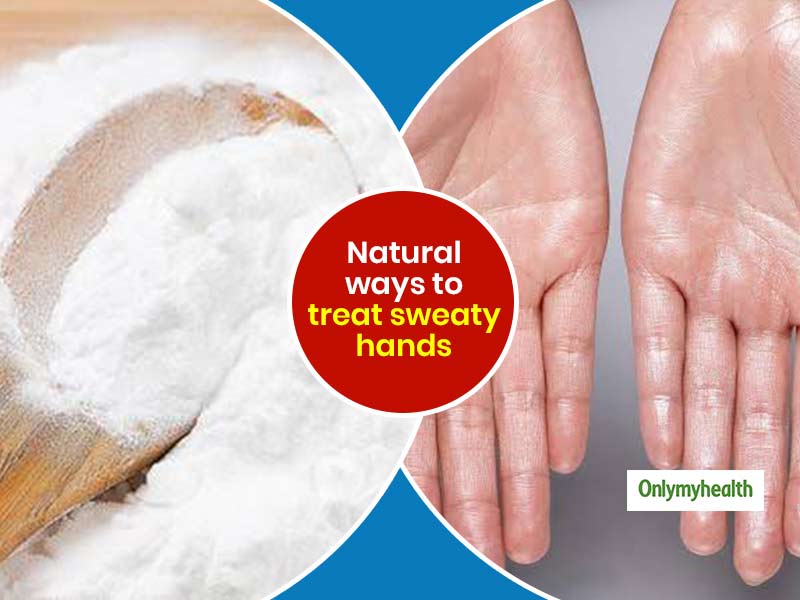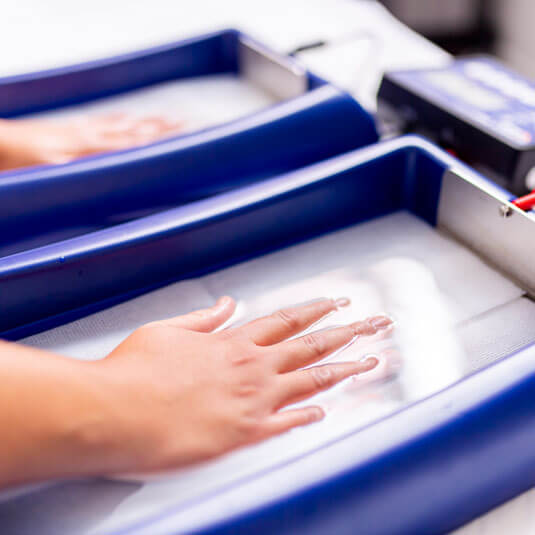Comprehensive Overview to Sweaty Hands Treatment: Proven Dermatology Approaches
Unveiling the Complexities of Excessive Sweating: A Comprehensive Guide to Diagnosis and Management
Extreme sweating, medically referred to as hyperhidrosis, is a problem that influences a considerable number of individuals and can have a profound effect on their lifestyle. While sweating is an all-natural physical feature, its overactivity in hyperhidrosis presents an one-of-a-kind set of obstacles that usually exceed simple discomfort. Understanding the underlying causes, recognizing the symptoms, and browsing the analysis process for hyperhidrosis can be complex tasks. In this comprehensive guide, we will certainly check out the intricacies of hyperhidrosis, from its medical diagnosis to the array of treatment choices readily available, clarifying reliable management methods for those facing this condition.
:max_bytes(150000):strip_icc()/the-doctor-cosmetologist-makes-injections-of-botulinum-toxin-on-the-palms-of-a-woman-against-hyperhidrosis--women-s-cosmetology--skin-care--1254089846-9a8ff2f7f5dc47f18339b3c9d138c5fd.jpg)
Understanding Hyperhidrosis Causes
Hyperhidrosis creates can be attributed to different factors such as genes, hormone inequalities, and certain medical conditions. Genes play a substantial role in primary focal hyperhidrosis, where people acquire the condition from their household members. By determining the details elements adding to extreme sweating, health care providers can customize treatment plans to attend to the underlying cause, using relief and boosting the high quality of life for individuals influenced by hyperhidrosis.
Acknowledging Hyperhidrosis Effects

Additionally, hyperhidrosis signs and symptoms might show up in social and emotional distress, as people might feel ashamed or nervous about their sweating, resulting in evasion of social situations (Sweaty hands treatment). Additionally, duplicated episodes of too much sweating can lead to skin maceration, fungal infections, and a general reduction in self-confidence
Diagnostic Process for Hyperhidrosis
Initiating the analysis procedure for too much sweating includes extensive analysis of the person's clinical history and health examination. Asking about the beginning, duration, and triggers of sweating episodes is essential to differentiate in between primary focal hyperhidrosis and secondary generalized hyperhidrosis. Clinical history should likewise include questions concerning medicines, clinical problems, and family history of hyperhidrosis.
Throughout the checkup, certain attention is paid to the areas affected by sweating. The healthcare supplier might analyze the extent of sweating, check for signs of underlying conditions, and examine the impact of sweating on the person's high quality of life. Furthermore, specific examinations like the gravimetric additional reading examination, starch-iodine examination, or skin conductance dimensions may be carried out to measure the quantity of sweat produced.
Moreover, in cases where second hyperhidrosis is thought, additional tests such as blood tests, urine examinations, and imaging studies may be advised to recognize the underlying reason for excessive sweating. The diagnostic process aims to accurately establish the type and reason of hyperhidrosis to lead suitable management approaches.
Treatment Options for Hyperhidrosis
When resolving excessive sweating, different therapy choices are readily available to ease symptoms and improve the person's quality of life. The therapy method for hyperhidrosis depends upon the extent of signs and symptoms and the person's reaction to preliminary therapies.
Topical therapies, such as aluminum-based antiperspirants, are typically advised as the first line of protection for taking care of light cases of hyperhidrosis. For individuals with much more extreme signs and symptoms, oral medications like anticholinergics may be recommended to help lower sweating.

Effective Monitoring Techniques
To successfully manage hyperhidrosis, a customized and detailed treatment plan tailored to the client's details requirements and action to previous therapies is essential. Iontophoresis, including the usage of a low electrical current to decrease sweat gland task, can be useful for both palmoplantar and axillary hyperhidrosis. A multidisciplinary technique including dermatologists, primary care physicians, and, if necessary, surgeons, can optimize the monitoring of hyperhidrosis.
Final Thought
In final thought, hyperhidrosis is a problem characterized by extreme sweating, which can considerably influence a person's top quality of life. By understanding the causes, identifying the signs, and undergoing the diagnostic procedure, doctor can successfully manage this condition. Treatment alternatives include Go Here topical medications, dental medicines, shots, and even medical procedures in extreme situations. With proper diagnosis and management strategies, people dealing with hyperhidrosis can find alleviation and enhance their total health.
Extreme sweating, clinically recognized as hyperhidrosis, is a problem that influences a significant number of people and can have a profound impact on their top quality of life. By determining the particular variables adding to excessive sweating, healthcare suppliers can tailor treatment strategies to attend to the underlying cause, supplying alleviation and improving the high quality of life for individuals affected by hyperhidrosis.
Hyperhidrosis, identified by too much sweating beyond what is necessary for managing body temperature level, can significantly affect an individual's quality of life. Making here inquiries regarding the onset, duration, and causes of sweating episodes is vital to differentiate in between main focal hyperhidrosis and second generalized hyperhidrosis. Sweaty hands treatment.In conclusion, hyperhidrosis is a problem characterized by too much sweating, which can significantly influence an individual's quality of life